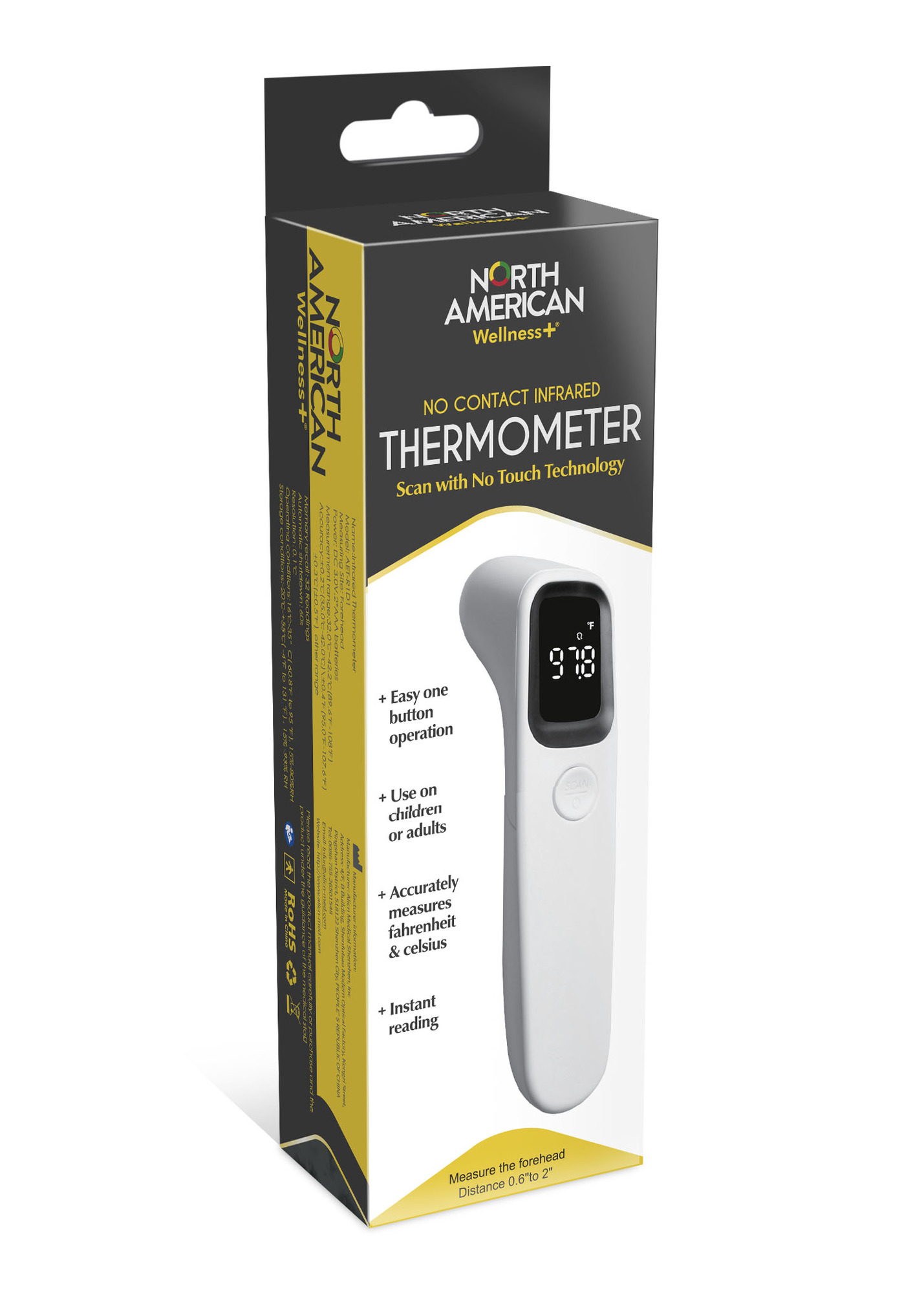Jobar North American Wellness No Contact Infrared Thermometer
-
( 5 Reviews )Rated 5.00 out of 5 based on 5 customer ratings05
The Jobar No Contact Infrared Thermometer is portable, lightweight, quick, and easy to use. Its one-button operation provides instant readings on an easy-to-read backlit LED display. Take your health to the next level with guaranteed FSA eligible Diagnostic products.
SKU:
P28368
Categories: Diagnostic Products, Home Medical, Thermometers
Tag: Jobar No Contact Infrared Thermometer
The Jobar No Contact Infrared Thermometer is portable, lightweight, quick, and easy to use. Its one-button operation provides instant readings on an easy-to-read backlit LED display. Take your health to the next level with guaranteed FSA eligible Diagnostic products.
Features:
- Stores 32 previous readings
- Automatic shut-off
- Requires 2 AAA batteries (not included)
Additional information
| Features | – Stores 32 previous readings |
|---|
Average Rating
5.00
Rated 5.00 out of 5 based on 5 customer ratings
055 Star
100%
4 Star
0%
3 Star
0%
2 Star
0%
1 Star
0%
Submit your review Cancel reply



by Hona
It does what it supposed to do
by James
Worked perfect right out of the box.
by Joanne
Works great. Easy to see temp.
by Robin
Works perfectly.
by Catherine
Easy to use and exactly as described.